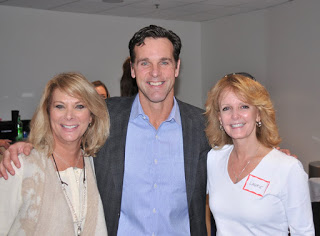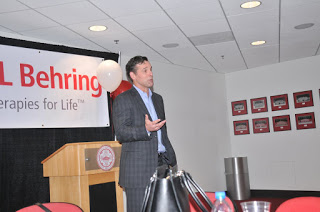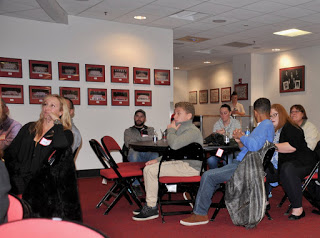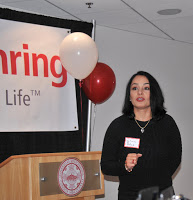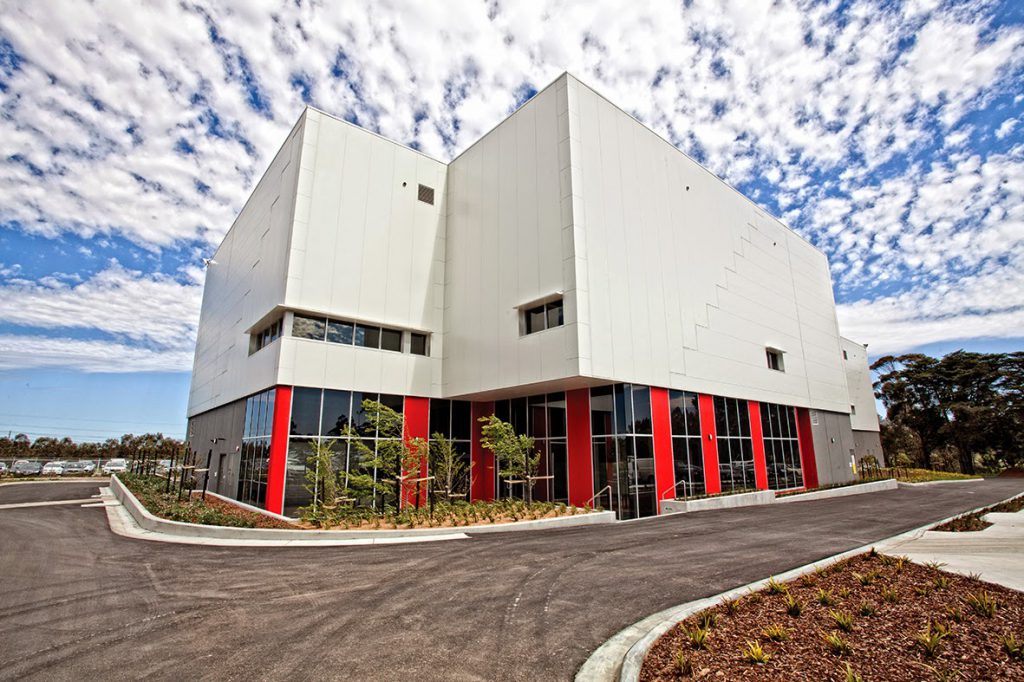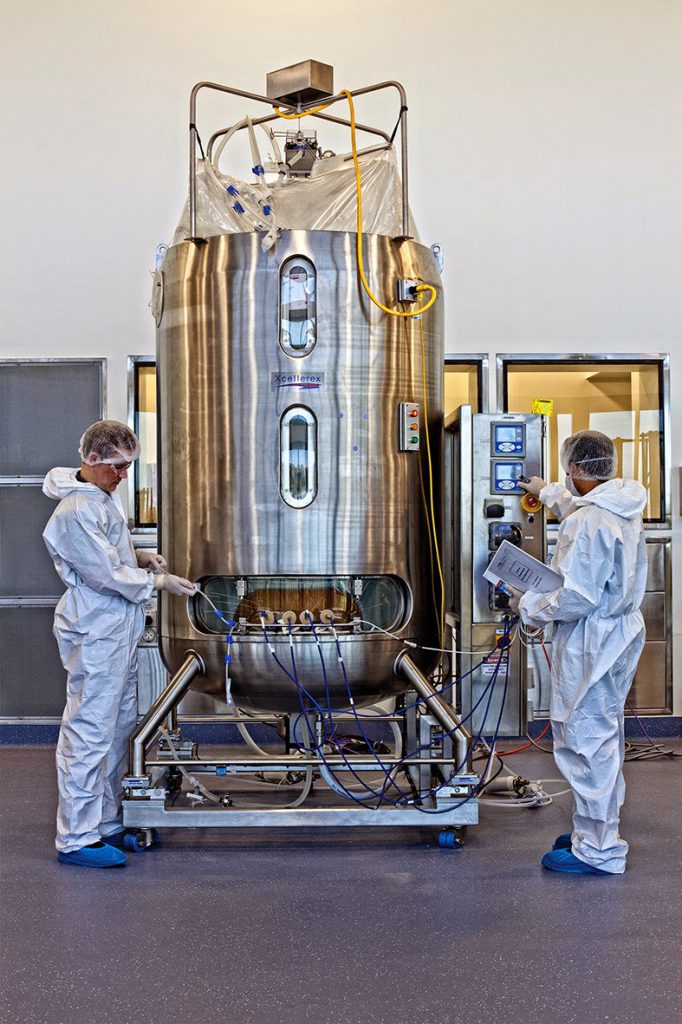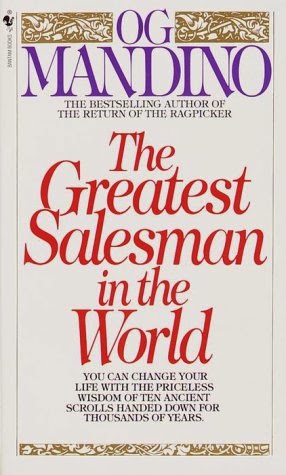What’s Happening with Helixate® FS?
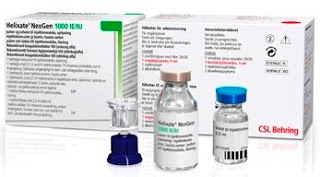 We’ve had a tremendous number of factor products enter the US hemophilia market the past few years. in fact, we have exploded from under 10 to about 26 now, not including inhibitor products! We’ve had a tremendous number of factor products enter the US hemophilia market the past few years. in fact, we have exploded from under 10 to about 26 now, not including inhibitor products!
Rarely do we speak of a product exiting the market. But as of December 31, one will no longer be manufactured—Helixate® FS (Antihemophilic Factor (Recombinant)).
I’ve read on Facebook some conspiracy-theory explanations! But here are the facts:
1. Helixate® FS is the exact same product as Kogenate® FS. Exactly.
2. Both products are made by Bayer Corporation. The therapy that makes Kogenate FS has been sold to CLS Behring annually as part of a lawsuit settlement many years ago. CSL then markets the product as Helixate® FS. This was good for CSL, which at the time did not have a recombinant factor VIII product.
3. The resultant contract is coming to an end; CSL Behring and Bayer will no longer partner to product and market Helixate FS.
4. And CSL now has recombinant FVII products that it has created, namely Afstyla (Antihemophilic Factor [Recombinant], Single Chain, a next-generation factor VIII with twice-weekly dosing available).As with Helixate FS, Afstyla uses the Mix2Vial® system, which will keep patients’ reconstitution process consistent.
5. CSL wants to assure the community that it will update patients, prescribers and specialty pharmacies with updated supply information. Community members can sign up here for direct updates.
6. The products that are already manufactured will still be in the distribution pipeline, probably through to early 2019. This gives patients and their families plenty of time to consider treatment options.
If you currently use Helixate FS, you should speak with your HTC hematologist soon about what treatment options you have, given your insurance policy and specialty pharmacy. You can also contact a CSL Behring My SourceSM Care Coordinator at 1-800-676-4266 Monday–Friday, 8 AM to 8 PM ET–but please speak with your hematologist, who can help you find the right therapy for you.
Helixate FS is a great product, and there are many more also great to choose from. Use our factor chart here to start looking. Good luck and always Factor Up!
This is an unpaid public service announcement. |

